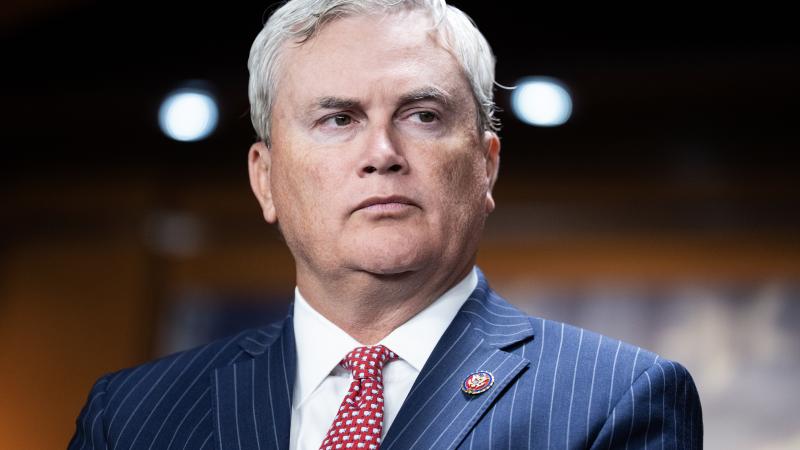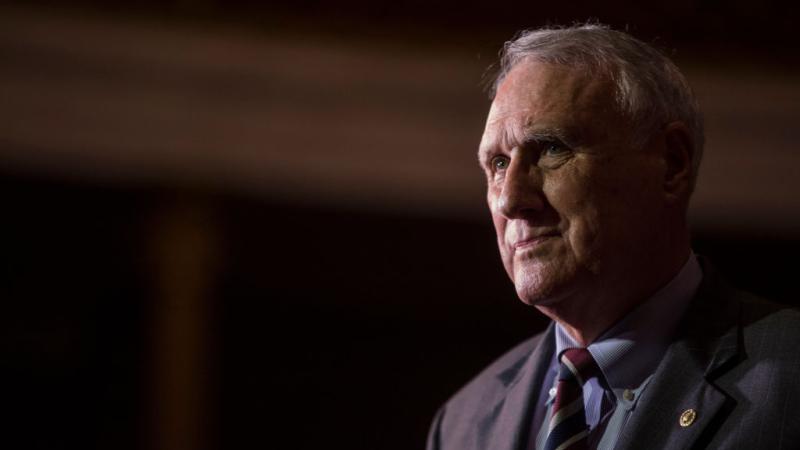C-SPAN exec: House, Senate broadcasts are 'state TV' since news cameras not allowed inside
Despite C-SPAN's outreach to congressional leadership over the years, Bruce Collins doesn't think Congress will allow the network's cameras in the House and Senate chambers any time soon.
Congress should allow C-SPAN's news cameras to broadcast House and Senate action from the chamber instead of only providing a video feed to the public affairs network, a C-SPAN executive told Just the News.
C-SPAN Corporate Vice President and General Counsel Bruce Collins described the current setup as state-run television in an interview on the "Just the News AM" show.
During the CARES Act debate last March, some lawmakers in the House objected to passing the $2 trillion stimulus bill with a voice vote, but the public could not see a shot of the full chamber while the situation unfolded. "Well, that's the difference between journalism and government, I don't know, propaganda, or government television — state TV, is what we have in the House, in the Senate," Collins said, referring to the example above.
"[O]ver the years, we've noticed many times where there will be a disturbance in the gallery, for example, and everybody will be looking up," Collins recalled. "But the state TV or the congressionally controlled cameras won't show you what's going on."
C-SPAN has sent letters to congressional leaders over the years to request camera access in the House and Senate chambers. Despite C-SPAN's outreach efforts, Collins doesn't think the network will be able to get their cameras inside Congress any time soon.
"The answer is no," Collins said.
C-SPAN founder Brian Lamb first had the idea of covering Congress in 1979, and he wanted to do it journalistically, Collins explained.
"So he went to Tip O'Neill and said, 'This is the plan, the cable industry is going to create a network, and we'll put cameras in the chamber, so we'll cover it from beginning to end and with no commentary,' and that was the main theme," Collins recounted. "Tip O'Neill said no. So the result is all of those cameras that you see when you're watching C-SPAN in the House or the Senate, because the Senate did the same thing, they belong to the Congress. They're controlled by the Congress."
Collins said there are "very specific rules" about what the cameras controlled by the House and Senate cover.
"Basically, all they'll cover is who is speaking, so that you can't see reaction shots, you can't see wide shots during debate," he said. "If something's going on in the chamber, that you can hear, but not see, you can't see it. And it's not journalistic, and we think it's a significant limitation on the value of having transparency in the Congress."















